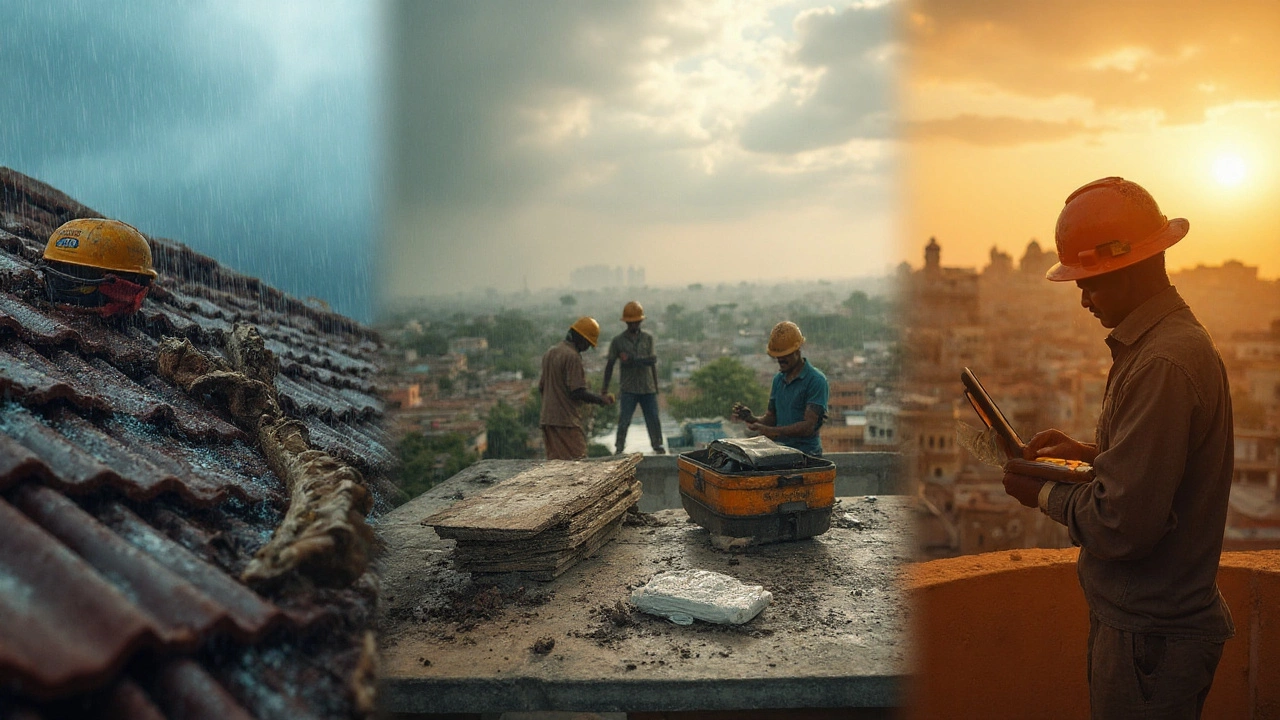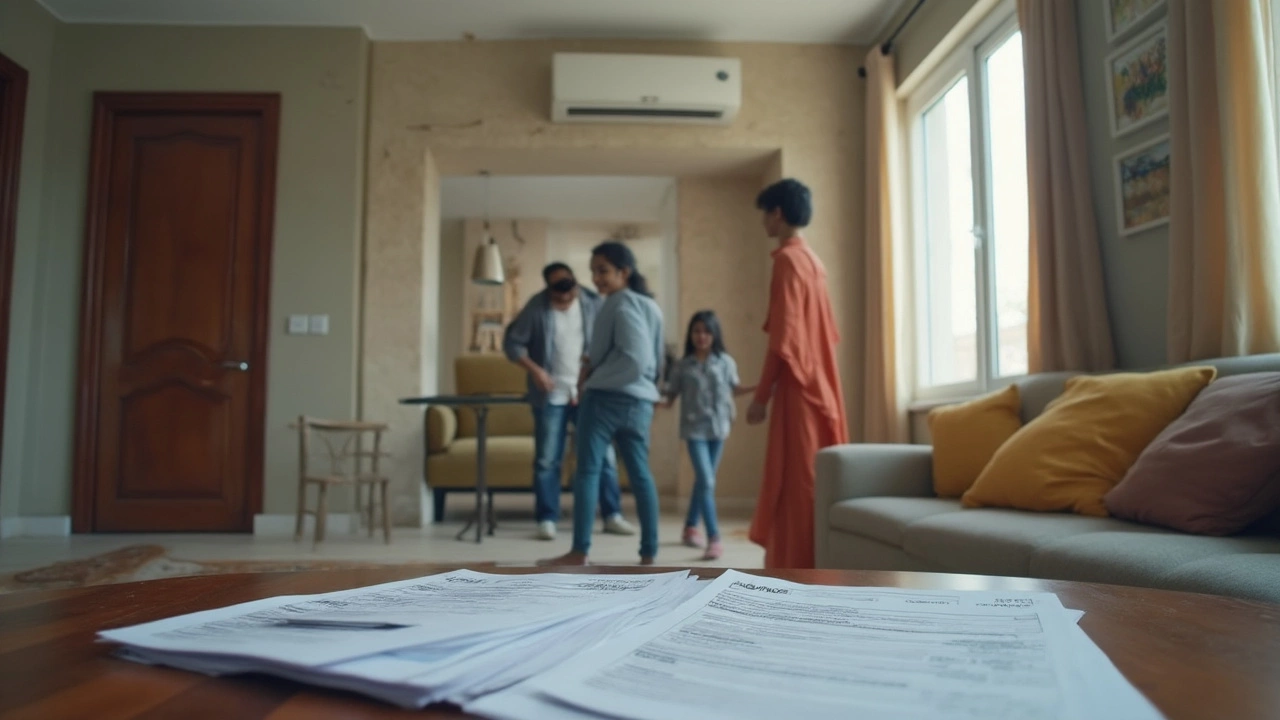Home Services: Quick Tips for Painting, Roofing & Insurance
When you think about fixing up a house, the first things that pop up are paint colors, roof repairs, and whether the insurance will pay. You don’t need a decade‑long research project to get straight answers. This page gives you the basics you can use right now, whether you’re a DIY‑enthusiast or hiring a pro.
Painting and Design Ideas
Painting is the fastest way to change a room’s mood. Start by picking a shade that matches the light you get at different times of day. Light blues work well in south‑facing rooms, while warm greys add depth to north‑facing spaces. If you’re unsure, 123 Home Paints & Design offers a free color consultation – they’ll bring swatches, suggest finishes, and even show you a virtual mock‑up before you buy a can.
Don’t forget the details. Trim, doors, and even the ceiling can be painted a shade lighter or darker than the walls for a subtle but professional look. Using a low‑sheen finish on high‑traffic areas reduces glare and makes cleaning easier. A quick tip: add a tiny bit of water to latex paint when you’re working on textured walls – it helps the paint flow into crevices without clumping.
Understanding Roofing Costs
Roof repairs feel pricey, but most of the cost comes from labor, not the materials. In 2025, hourly rates for roofers vary by region: in the US you’ll see $75‑$120 per hour, in the UK around £55‑£85, and in New Zealand roughly NZ$80‑$130. Call‑out fees are usually a flat $50‑$80, and larger crews can charge a little more per person.
To estimate your project, start with the crew size, add the hourly rate, then multiply by the number of hours you expect the job to take. For example, a two‑person crew at $100 per hour working eight hours will cost $1,600 plus the call‑out fee. The post “Roofing Company Hourly Rates in 2025: What Roofers Charge (NZ, US, UK, AU)” breaks down these numbers even further if you need a deeper dive.
While you’re budgeting, remember that many roofing jobs include disposal of old shingles, safety equipment, and a warranty. Ask the contractor what’s in the quote so you don’t get surprised later on.
Insurance is the next big question. Not every policy covers structural damage caused by storms, fallen trees, or roof leaks. The guide “Does Home Insurance Cover Structural Damage? Expert Guide 2025” explains which types of damage are typically covered and what exclusions to watch for. In most cases, you’ll need to file a claim within a set time frame and provide proof of repair costs.
When you talk to your insurer, have the roof repair estimate handy. Showing a detailed quote helps the adjuster see the real cost and can speed up the approval process. Also, keep receipts for any temporary fixes you make – those can be reimbursed if the policy includes “mitigation” coverage.
Putting it all together, a successful home service project starts with clear goals, realistic budgeting, and knowing what your insurance will actually pay. Use the painting tips to refresh interiors, calculate roofing labor with the hourly rates, and check your policy before you order a new shingle. With these basics, you’ll feel more confident tackling any home improvement job.

